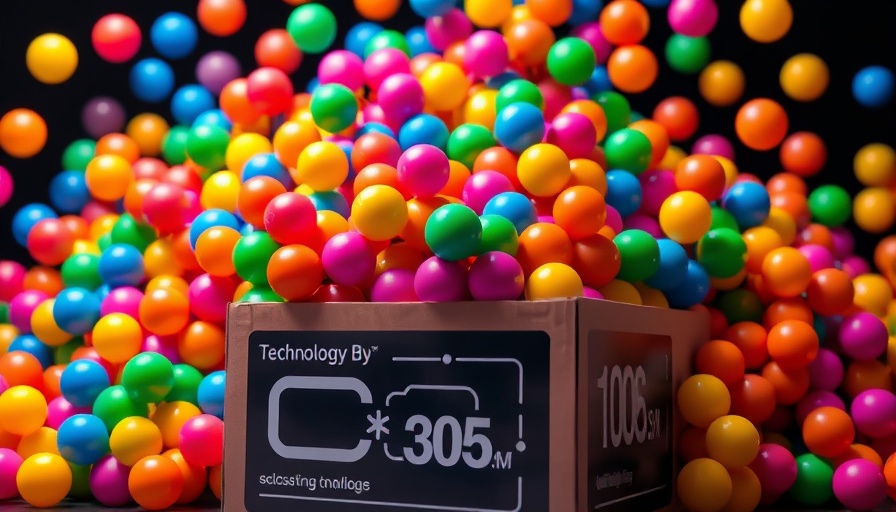
Sound: The Language of Reality
Imagine a world where sound isn’t just picked up by microphones or recorded by studios but is calculated and computed in real-time. This is not the stuff of science fiction; it’s the remarkable frontier of sound synthesis technology being developed today. The latest breakthroughs demonstrate that sounds can be generated by analyzing physical objects and their environments, a breakthrough that holds transformative potential for industries ranging from gaming to film production.
In 'The Future Of Sound Is Not Recorded. It is Computed.', the discussion dives into groundbreaking sound synthesis techniques, exploring key insights that sparked deeper analysis on our end.
Breaking Down the Science: How It Works
The new synthesis technique leverages a concept called voxel, breaking down objects in a scene into tiny segments akin to Lego pieces. By simulating pressure waves as they interact with these voxel molds, the system is able to create a realistic auditory experience that reflects how sound behaves in different spaces. A sound of water splashing near a wall, for example, is dramatically different than the same splash occurring in the open air. Such subtle variations enhance immersion and realism in our multimedia experiences.
The Benefits for Game Developers and Filmmakers
For business owners in creative industries, this technology symbolizes a shift away from conventional sound editing. Traditionally, sound effects had to be painstakingly integrated into media. Now, with physics driving sound creation, developers can embrace a hands-off approach, allowing systems to automate sound design. This could lead to more nuanced storytelling, as sound becomes a seamless part of the dialogue between images and ideas.
Real-Time Auditory Experiences on the Horizon
Perhaps the most thrilling aspect of this advancement is its potential to deliver near real-time sound synthesis. Imagine engaging in virtual reality (VR) experiences where every movement—picking up objects, smashing items together—yields dynamically computed sound. The sounds heard are wholly dependent on the physics of interaction at that moment. This establishes a new dimension of engagement and creativity in gameplay, as well as in educational and design simulations.
Future Predictions: A New Era of Sound Design
As we stand on the threshold of this new technological era, predictions abound on how it may alter entire industries. In the world of education, immersive experiences could fortify learning through interactive sounds that add depth to content. In entertainment, studios may invest heavily in software that uses this synthesizing process, resulting in films and games that respond to in-the-moment actions rather than relying on pre-recorded clips.
Why You Should Care: The Ripple Effect
While the potential applications are immense, the broader implications are equally significant. Artists and educators alike should consider how computed sound can foster innovation. As this technology becomes more affordable and accessible, expect a surge in creativity and new forms of expression. For students, understanding these developments today can set the stage for tomorrow’s opportunities in fields they might choose to pursue.
The future of sound is indeed computed—not just recorded. As we commence this journey into the evolving landscape of auditory technology, it’s crucial for industry professionals, students, and consumers alike to stay informed and engaged. Such a powerful shift calls for a deeper understanding, ensuring we leverage it not only for technological advancements but through enhancing human experiences.
If you’re fascinated by how computed sound will change our auditory landscapes, consider subscribing to channels like Two Minute Papers for regular insights on breakthroughs that mold our technological future.
 Add Row
Add Row  Add
Add 




Write A Comment